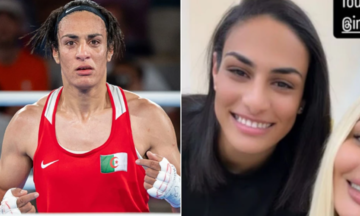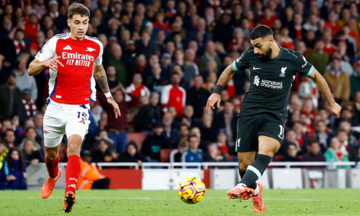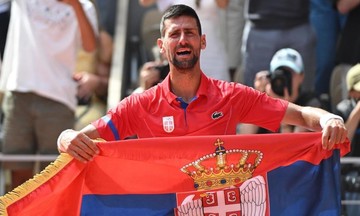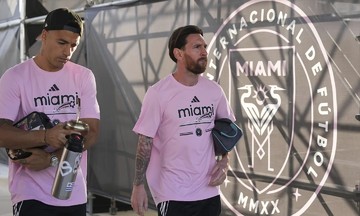You might have heard the question, usually from non-runners, "Does running a lot damage your face?" The stereotype of a "runner's face" often involves hollow cheeks, deep wrinkles, and a gaunt appearance.
In reality, running doesn't melt your face. However, consistent high-intensity weekly running can decrease overall body fat, including the facial fat that contributes to a youthful look. If you're lean, your face might appear more gaunt.
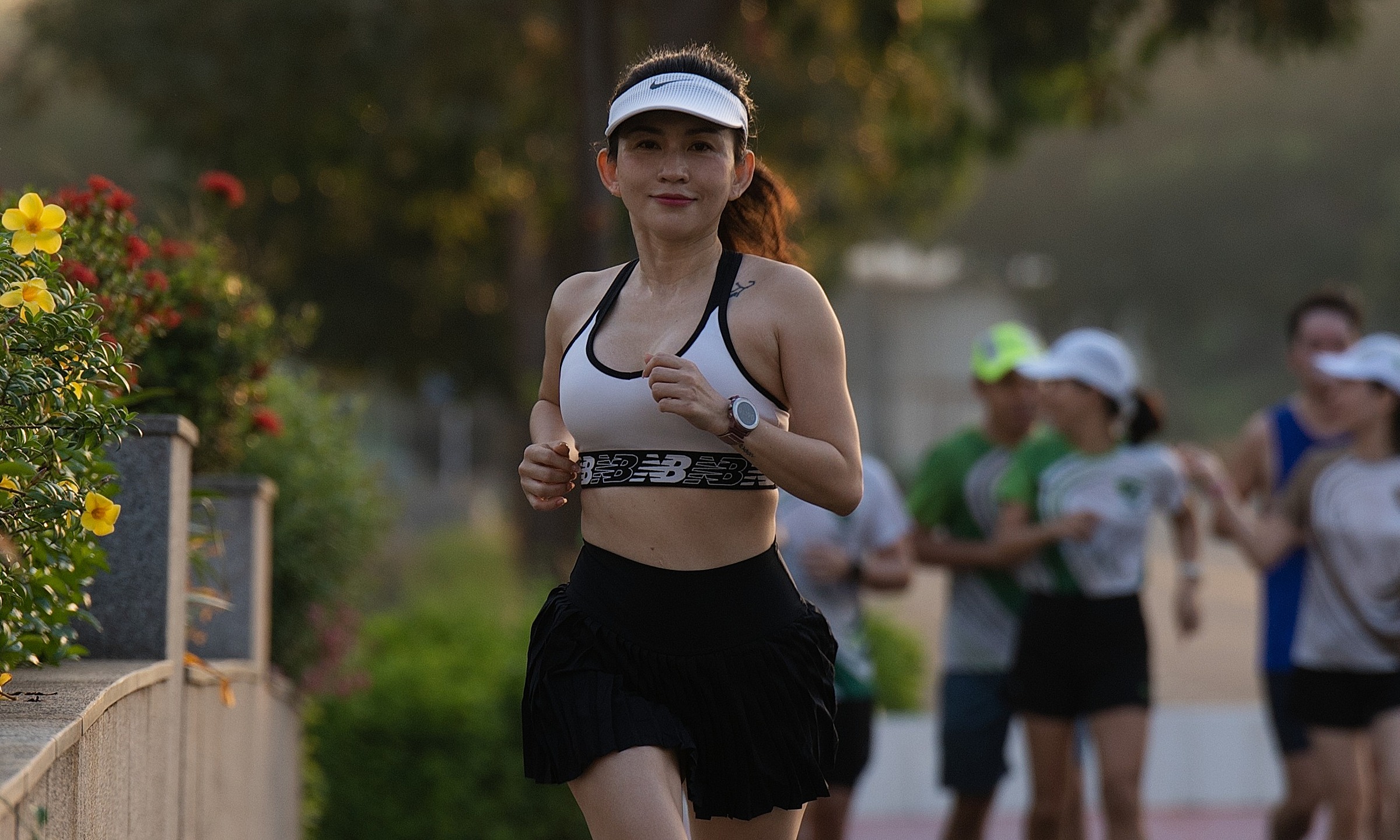 |
Running is not the cause of premature aging. Photo: Kacey Ngo |
This isn't exclusive to runners; cyclists, dancers, and anyone with low body fat can experience this. Many runners don't experience this at all.
The real culprits behind skin aging are sun, wind, and time. Frequent outdoor runs, especially midday, expose your skin to harmful UV rays that damage collagen and elastin, which keep skin plump and firm. Dermatologists emphasize that sun exposure, not running, is the primary cause of premature aging.
Would you give up stress reduction, improved cardiovascular health, better sleep, and the runner's high just to retain some cheek fat? Moreover, research on telomeres—protective caps on your DNA—suggests regular exercise can actually slow cellular aging.
Here's what you can do to maintain a youthful appearance while running: Apply sunscreen every time you run, regardless of the season or weather. Choose one with zinc or titanium dioxide. Avoid running during peak sun hours. Early morning or late afternoon runs are better for your skin and offer cooler temperatures.
Moisturizing is crucial, especially after running in dry, windy, or salty conditions. Drink plenty of water and eat a healthy diet. Antioxidants like vitamin C (found in berries, leafy greens, and citrus fruits) help skin recover and combat oxidative stress.
Hong Duy (according to Canadian Running Magazine)



